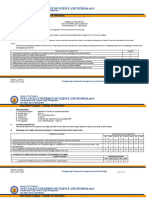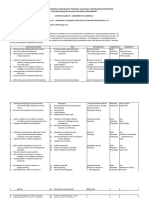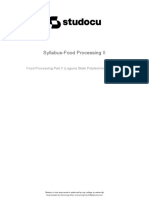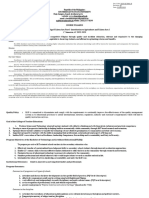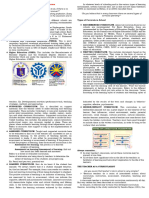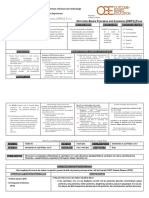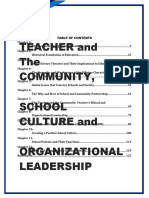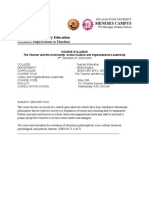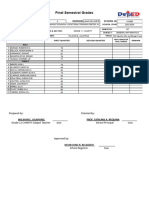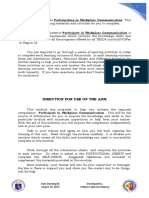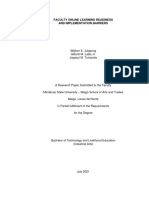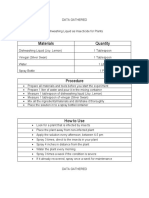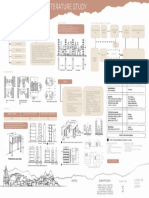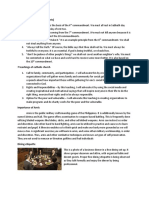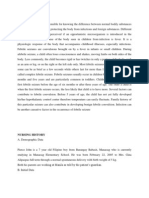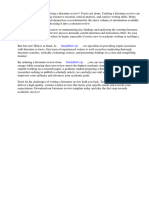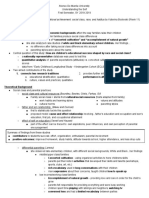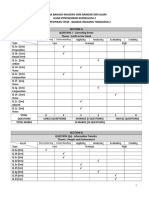0% found this document useful (0 votes)
272 views8 pagesTVET Curriculum Development Guide
This document provides a course syllabus for TVE 104: Curriculum Development and Evaluation with Emphasis on Trainers Methodology. The syllabus outlines the following key information:
1. Course details including number, title, prerequisites, credits, and description.
2. How the course objectives align with and help achieve the program education objectives and outcomes.
3. Specific course objectives and their relationship to the program outcomes.
4. The learning plan which includes desired learning outcomes, content, teaching methods, assessments, evidence of outcomes, and time allotment.
Uploaded by
Wiljhon Espinola JulapongCopyright
© © All Rights Reserved
We take content rights seriously. If you suspect this is your content, claim it here.
Available Formats
Download as DOCX, PDF, TXT or read online on Scribd
0% found this document useful (0 votes)
272 views8 pagesTVET Curriculum Development Guide
This document provides a course syllabus for TVE 104: Curriculum Development and Evaluation with Emphasis on Trainers Methodology. The syllabus outlines the following key information:
1. Course details including number, title, prerequisites, credits, and description.
2. How the course objectives align with and help achieve the program education objectives and outcomes.
3. Specific course objectives and their relationship to the program outcomes.
4. The learning plan which includes desired learning outcomes, content, teaching methods, assessments, evidence of outcomes, and time allotment.
Uploaded by
Wiljhon Espinola JulapongCopyright
© © All Rights Reserved
We take content rights seriously. If you suspect this is your content, claim it here.
Available Formats
Download as DOCX, PDF, TXT or read online on Scribd
/ 8










